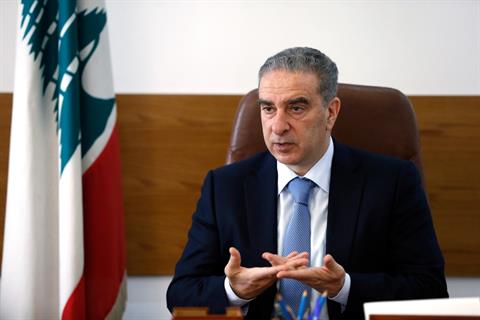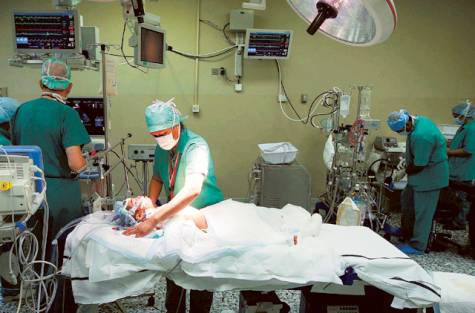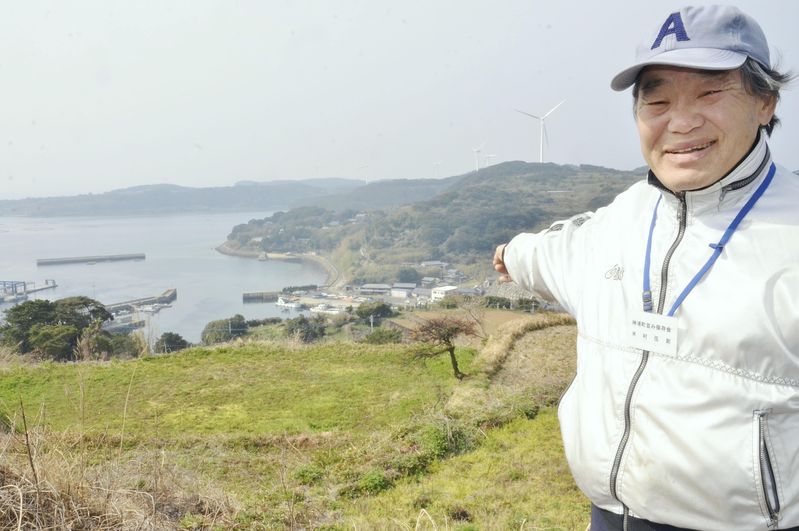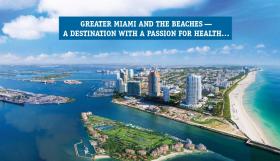Tallahassee, Fla. (AP)
Alongside Walt Disney World , Kennedy Space Center , South Beach and the Florida Keys, Sen. Aaron Bean wants to give visitors another reason to come to the state: to get some doctoring.
Bean has proposed legislation to require Visit Florida, the public-private partnership charged with attracting tourism to the state, to market Florida as a health care destination.
The measure would require that a minimum of $5 million annually, including $1.5 million in matching grants, be used from Visit Florida funds and suggests travel packages that would include transportation, food and hotel.
For more than a decade, U.S. residents have been pitched on the merits of overseas medical procedures, starting with lower costs that dovetail into a family vacation at a specially developed medical resort in a tropical climate.
Exotic locales including Istanbul, Bahrain, Bangkok and Curacao actively pursue patients from all over the globe. Print ads for a clinic in Okinawa, Japan, promote coral reefs, marine animals and a “dreamlike world.”
Bean thinks palm trees and beaches, as well as prime medical facilities, could pull in patients and families from South Dakota to St. Lucia.
“We want to attract visitors both domestic and overseas,” said Bean, R-Jacksonville. “That’s part of what can be decided in the marketing plan, and we want them to do whatever works. It would become part of the mission of Visit Florida.”
The measure has cleared two Senate committees and has one left.
Bean noted that the plan is finite: four years, and then a re-evaluation of its performance. If a success, the endeavor could see more state tourism funding, mirroring the support found in governments in other countries and a couple of U.S. cities.
“Some of these other places have dedicated a lot of money toward promoting their areas,” said Renee-Marie Stephano , president of the Medical Tourism Association , a trade group based in Palm Beach Gardens.
The association has worked with local convention and visitor bureaus in several U.S. cities, including Las Vegas and Seattle, where public dollars have been matched by private money, Stephano said.
Although Florida has a reputation as a medical destination in some areas, particularly Europe, Canada and South America, “no other states have had any legislation that would create a tourism effort,” Stephano said.
A bolstered marketing campaign for medical tourism would benefit the state’s newest model for upscale health care, the former Metropolitan Hospital of Miami . It was purchased earlier this year by Nueterra Healthcare, a Kansas-based consulting and management firm and member of the Medical Tourism Association.
“Nueterra has international referral centers and specializes in building infrastructure for these kinds of facilities,” Stephano said.
Nueterra did not return a phone call seeking comment.
Several private operators seek to bring foreign citizens into the U.S. for treatment, usually relying on the country’s reputation for ministering to advanced health problems, from cancer to organ transplants.
“When people think of specialty care, that’s where we come in,” said Rosanna Moreno , a Houston-based attorney and consultant who is part of an effort to connect the city’s esteemed cancer treatment facilities with foreign patients. They don’t use public dollars, she noted, “although if there were money delegated to do so, it would be a big help.”
But turning to public funding can bring in regulators, which has a reputation for driving up costs.
“You have these two overarching sets of issues, which are how risk is managed and what the role of regulators is,” said Paul Keckley , a health care consultant and former executive director of the Deloitte Center for Health Solutions .
Keckley noted that the private market is starting to crank up its effort to import medical tourists, citing the larger esteemed hospital groups like Mayo Clinic and Johns Hopkins Medicine , which have drawn international patients for years.
“They’ve done it themselves though, and when you bring government in, you invite scrutiny,” Keckley said. “Any time you draw attention to yourself, someone will translate that into an opportunity.”
source: http://www.seattlepi.com / Seattlepi / Home / by Steve Miller, Associated Press / Thursday – March 27th, 2014





